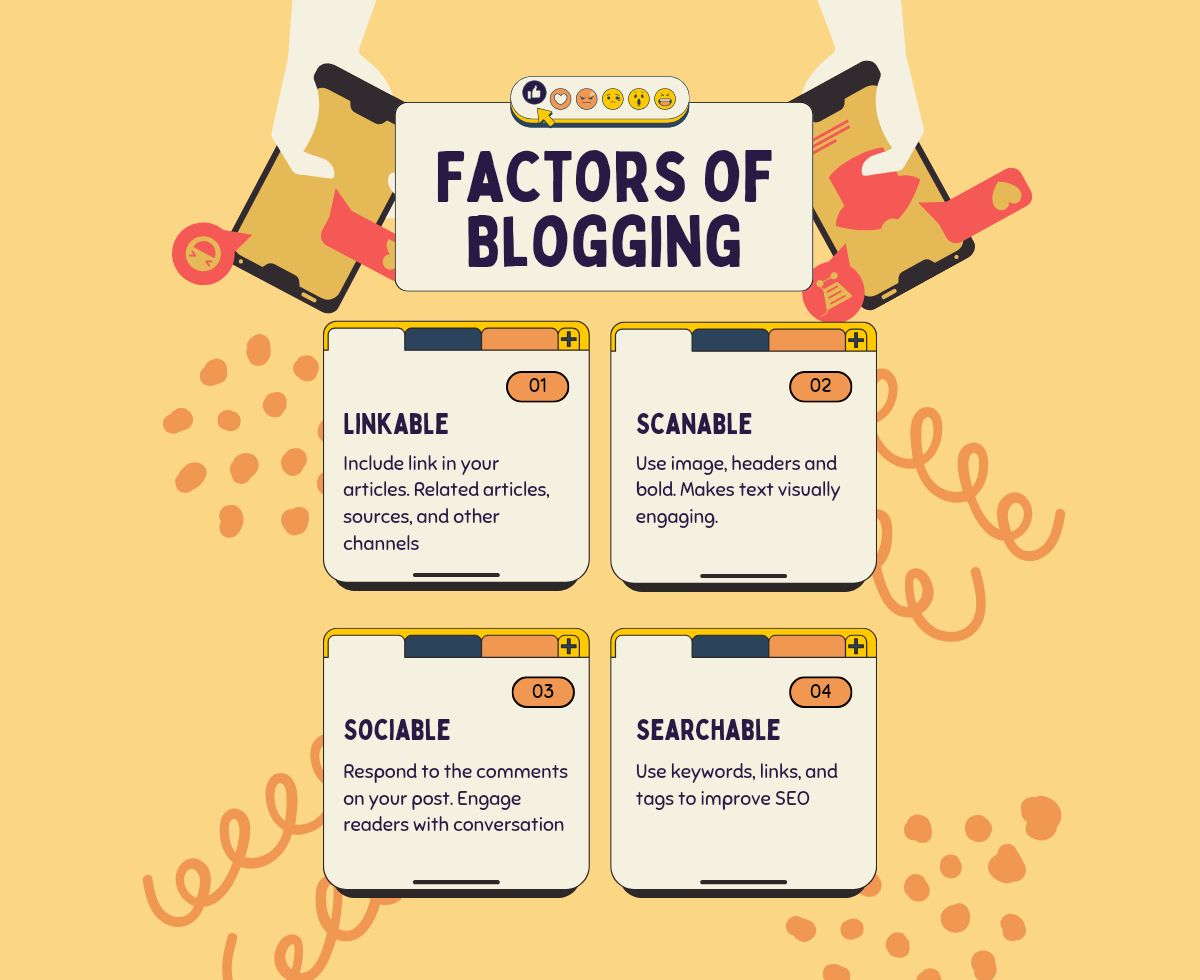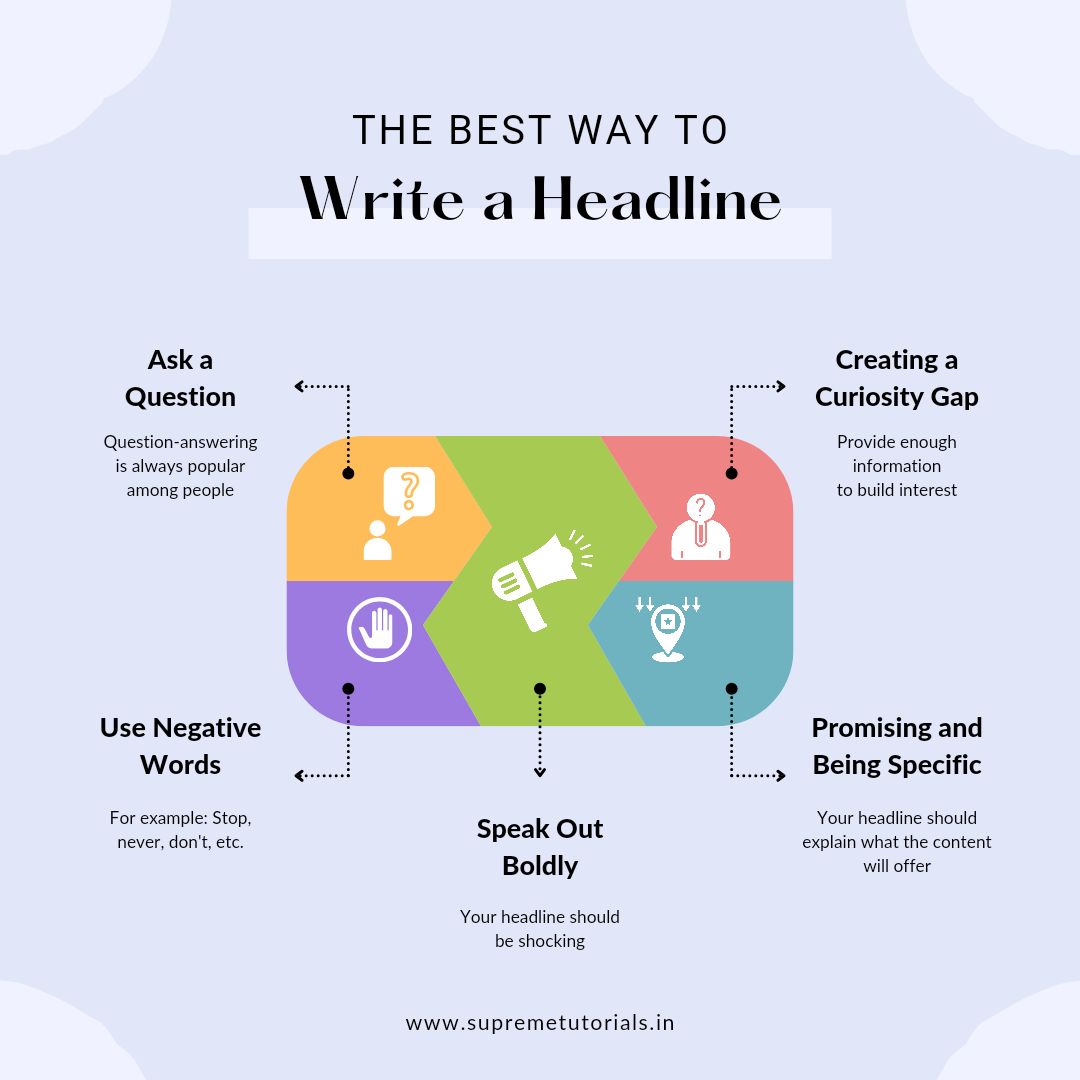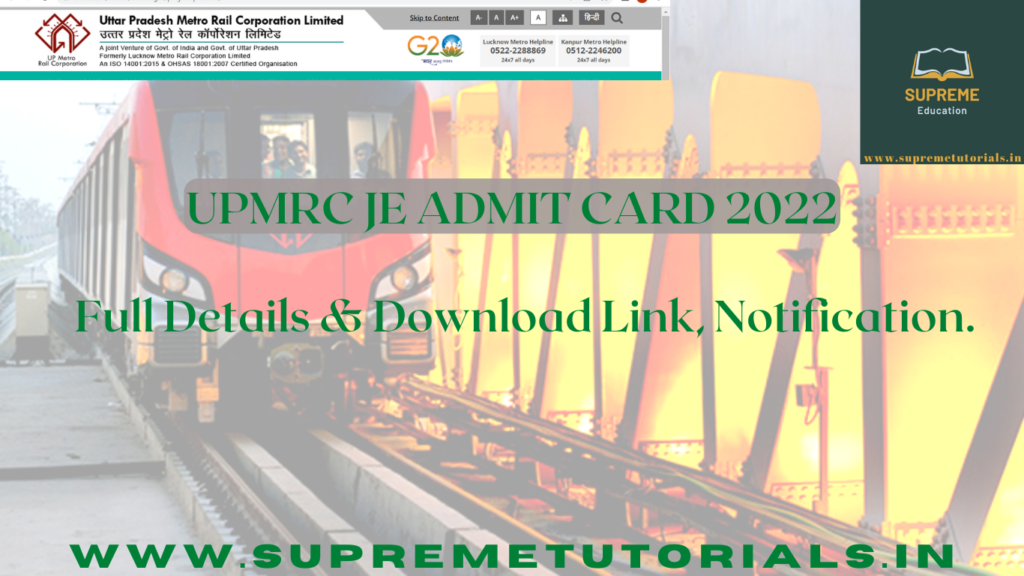How To Become A Successful Blogger- In today’s digital age, where information reigns supreme, blogging has emerged as a powerful tool for sharing knowledge, expressing creativity, and even building profitable online ventures. Achieving success as a blogger can be challenging, but there are several tips that can help you reach your goals. By implementing these strategies, you can build a strong following, increase your engagement, and establish yourself as an authority in your niche. Whether you’re just starting out or have been blogging for years, these tips can help you take your blog to the next level. So don’t hesitate to put them into action and see what kind of results you can achieve.
Here we are providing you 10 sharp steps that will help to become a successful blogger in your blogging journey so let’s get started.
1. Start with Passion
Begin your blogging journey by writing about things you love and enjoy. Passion fuels creativity and keeps you motivated.If you are writing your blogs with unwillingness and in uninterested manner so it will not sustain for a long time even after writing a few post you will begin to feel like bored and also the your blog would not be able to achieve that richness of content that it should be .So start wisely think thrice before starting your blog journey,that what niche you have chosen ,it will justified your interest in that otherwise the results are preclaimed ,you have to repent later.
2. Choose Your Niche Wisely
Select a topic or theme for your blog that you are knowledgeable about and interested in. If you love to watch and read movies and actors so go with that and if you love traveling and exploring new places so start with that niche because it is the only key to keep you motivated to keep writing the fresh ideas in content form regularly.Like this blog website “supremetutorials” basically made on serve supreme level of tutorial knowledge to the world like how you can learn a thing wisely and what skills you required .This will help you create content that resonates with your audience.
3.Create Quality Content
No doubt Content is the King ,So Focus on producing well-written, informative, and engaging posts. When a reader visits you blog post so he doesn’t gets only Quality ful high riched information while he get knot with your words that you use on your blog posts so Use simple language that your readers can easily understand.
4. Be Consistent with Posting
Consistency is key when it comes to blogging. It’s important to stick to a regular posting schedule to keep your audience engaged and attract new readers. Here’s why consistency matters:
1. Builds Trust:
When you consistently deliver new content, your audience learns to trust that they can rely on you for valuable information. This trust can lead to increased readership and loyalty.
2. Improves Search Rankings:
Search engines like Google prefer websites that update their content regularly. By posting consistently, you signal to search engines that your blog is active and relevant, which can improve your search rankings.

3. Keeps Readers Engaged:
Regular updates keep your readers interested and coming back for more. They know when to expect new content and are more likely to stay engaged with your blog over time.
4. Establishes Authority:
4. Establishes Authority:
Consistent posting helps you establish authority in your niche. It shows that you are knowledgeable and committed to sharing valuable insights, making you a go-to resource for your audience.
5. Encourages Habitual Visits:
When readers know that you publish new content on a consistent schedule, they are more likely to make visiting your blog a habit. This can lead to increased traffic and engagement.
To maintain consistency:
- Set a realistic posting schedule that you can manage consistently.
- Plan your content in advance to ensure a steady flow of posts.
- Use tools like editorial calendars or scheduling platforms to stay organized.
- Communicate with your audience about your posting schedule, so they know when to expect new content.
Consistency not only benefits your readers but also helps you grow your blog and establish a strong online presence.
5. Engage with Your Audience
Engaging with your audience is crucial for building a loyal community around your blog. It involves actively interacting with your readers and fostering meaningful connections. Here’s why audience engagement is important and how you can do it effectively:
1. Builds Relationships
Engaging with your audience helps build genuine relationships. Respond to comments, messages, and emails promptly, showing that you value and appreciate their feedback.
2. Creates a Sense of Community
Encourage discussions and interactions among your readers. Create a welcoming environment where people feel comfortable sharing their thoughts and experiences related to your blog’s topic.
3. Increases Loyalty
When you engage with your audience regularly, they are more likely to become loyal followers. They feel connected to your blog and are motivated to keep coming back for new content.
4. Gathers Feedback
Engaging with your audience allows you to gather valuable feedback. Listen to their opinions, suggestions, and concerns to improve your content and overall user experience.
5. Encourages Sharing
Active engagement can lead to increased sharing of your content. When readers feel involved and valued, they are more likely to share your posts with their networks, expanding your reach organically.
Effective ways to engage with your audience include:
- Responding to comments on your blog posts in a friendly and helpful manner.
- Asking questions to encourage discussion and feedback.
- Conducting polls or surveys to gather insights and preferences.
- Hosting live Q&A sessions or webinars to interact with your audience in real-time.
- Acknowledging and appreciating your audience’s contributions, such as featuring user-generated content or highlighting reader comments in your posts.
By actively engaging with your audience, you create a dynamic and interactive community around your blog, leading to increased visibility, loyalty, and growth.
Respond to comments and messages from your readers. Encourage discussions and interactions to create a sense of community around your blog.
6. Learn Basic SEO Techniques
Understanding Search Engine Optimization (SEO) basics is essential for improving your blog’s visibility and attracting organic traffic from search engines like Google. Here are some fundamental SEO techniques to help you get started:
- 1. Keyword Research: Identify relevant keywords and phrases related to your blog’s niche. Use tools like Google Keyword Planner or SEMrush to discover popular keywords with decent search volumes and low competition.
- 2. On-Page Optimization: Optimize your blog posts for search engines by including target keywords in strategic locations such as the title, headings, meta description, and throughout the content. Use descriptive and compelling titles that accurately reflect the content of your posts
- 3. Quality Content:Focus on creating high-quality, valuable content that addresses your audience’s needs and interests. Google rewards websites with informative and engaging content by ranking them higher in search results.
- 4. Optimize Images: Use descriptive alt text and file names for images to improve their visibility in image search results. Compress images to optimize page loading speed, which is a ranking factor for search engines.
- 5. Internal Linking: Link to relevant pages or posts within your blog to improve navigation and help search engines understand the structure of your website. Use anchor text that includes relevant keywords for better SEO.
- 6. Mobile-Friendly Design: Ensure that your blog is mobile-responsive, as Google prioritizes mobile-friendly websites in search results. Test your site on different devices and screen sizes to provide a seamless user experience.
- 7. Meta Tags:Write compelling meta titles and descriptions for your blog posts. These meta tags appear in search results and can influence click-through rates, so make them informative and enticing.
- 8. Site Speed Optimization: Improve your blog’s loading speed by optimizing images, using caching plugins, and minimizing unnecessary plugins or scripts. Faster-loading websites tend to rank higher in search results.
- 9. SEO-Friendly URLs: Use clean and descriptive URLs that include relevant keywords. Avoid using numbers or symbols in URLs and ensure they are readable and user-friendly.
By implementing these basic SEO techniques, you can improve your blog’s visibility in search engine results, attract more organic traffic, and ultimately grow your audience and reach. Regularly monitor your SEO performance using tools like Google Analytics to track progress and make adjustments as needed.
7. Promote Your Blog on Social Media:

Social media platforms are powerful tools for promoting your blog and reaching a wider audience. Here are some effective strategies to promote your blog on social media:
1. Choose the Right Platforms:
Identify which social media platforms are most relevant to your target audience and focus your efforts on those platforms. Popular options include Facebook, Twitter, Instagram, LinkedIn, Pinterest, and TikTok.
2. Create Compelling Content:
Develop engaging and shareable content specifically tailored for each social media platform. Use eye-catching visuals, videos, infographics, and captions that resonate with your audience and encourage them to click through to your blog.
3. Share Blog Posts:
Regularly share your blog posts on your social media profiles. Craft enticing captions that highlight the value of your content and include relevant hashtags to increase visibility and reach.
4. Engage with Your Audience:
Actively engage with your followers by responding to comments, messages, and mentions. Encourage conversations, ask questions, and seek feedback to foster a sense of community around your blog.
5. Utilize Social Media Ads:
Consider using paid advertising on social media to promote your blog posts to a targeted audience. Platforms like Facebook Ads and Instagram Ads offer robust targeting options based on demographics, interests, and behaviors.
6. Collaborate with Influencers:
Partner with influencers or bloggers in your niche to reach their audience and gain exposure. Collaborations can include guest blogging, joint social media campaigns, or sponsored content.
7. Join Groups and Communities:
Participate in relevant groups, forums, and communities on social media platforms. Share your blog posts, answer questions, and contribute valuable insights to establish yourself as an authority in your niche.
8. Schedule Posts:
Use social media management tools like Hootsuite, Buffer, or Sprout Social to schedule and automate your social media posts. Consistent posting and scheduling can help maintain a strong social media presence.
9. Track Performance:
Monitor the performance of your social media efforts using analytics tools provided by each platform. Track metrics such as engagement, reach, clicks, and conversions to assess the effectiveness of your promotions and make data-driven decisions.
By leveraging the power of social media, you can effectively promote your blog, increase brand awareness, drive traffic, and engage with your audience on a more personal level. Tailor your social media strategy based on platform demographics, content formats, and engagement trends to maximize your impact.
Share your blog posts on social media platforms like Facebook, Twitter, and Instagram. Utilize hashtags and engage with other users to expand your reach.
8. Network with Other Bloggers.
Here’s a detailed section on networking with other bloggers:
Building relationships with fellow bloggers in your niche can be highly beneficial for growing your blog’s reach, gaining insights, and collaborating on mutual projects. Here’s how you can effectively network with other bloggers:
Network with Other Bloggers.
1. Identify Relevant Bloggers:
Research and identify bloggers who share similar interests or niches as your blog. Look for bloggers with active and engaged audiences who align with your target demographic.
2. Engage on Social Media:
Follow and engage with other bloggers on social media platforms such as Twitter, Instagram, and LinkedIn. Like, comment, and share their posts to start building rapport and visibility within the blogging community.
3. Attend Blogging Events:
Participate in blogging conferences, meetups, and networking events both online and offline. These events provide opportunities to connect with bloggers, exchange ideas, and forge meaningful partnerships.
4. Guest Blogging:
Offer to write guest posts for other blogs in your niche or invite guest bloggers to contribute to your blog. Guest blogging allows you to reach new audiences, gain backlinks, and establish yourself as an authority in your field.
5. Collaborate on Projects:
Collaborate with other bloggers on joint projects such as webinars, podcasts, ebooks, or social media campaigns. Co-created content can attract a wider audience and showcase diverse perspectives.
6. Join Blogging Communities:
Join online blogging communities, forums, or Facebook groups where bloggers share insights, resources, and opportunities. Actively participate in discussions, share your expertise, and support fellow bloggers.
7. Offer Value:
Focus on building genuine relationships by offering value to other bloggers. Share their content, provide feedback, and offer assistance whenever possible. Networking is about mutual support and collaboration.
8. Maintain Professionalism
Approach networking with a professional and respectful attitude. Be genuine, transparent, and mindful of others’ time and boundaries. Building trust and credibility is key to successful networking.
9. Follow Up:
After initial interactions, follow up with bloggers you’ve connected with to nurture relationships. Stay in touch through email, social media, or occasional check-ins to maintain ongoing collaboration opportunities.
Networking with other bloggers can open doors to new opportunities, partnerships, and insights that can enhance your blogging journey and contribute to your blog’s growth and success. Prioritize building authentic relationships and fostering a supportive blogging community.
Supremetutorials
Connect with fellow bloggers in your niche. Collaborate on guest posts or participate in blogging communities to broaden your audience and learn from others.
9. Stay Persistent and Patient
Building a successful blog takes time, effort, and perseverance. It’s important to stay persistent and patient throughout your blogging journey, especially during challenges or periods of slow growth. Here’s why persistence and patience are crucial:
1. Consistency Pays Off
Consistently creating and sharing valuable content over time is key to building a loyal audience and gaining traction. Keep posting regularly, even if you don’t see immediate results.
2. SEO and Organic Growth:
Search Engine Optimization (SEO) and organic growth often take time to yield significant results. Be patient with your SEO efforts, such as keyword optimization, backlink building, and content quality improvements.
3. Building Trust and Authority:
Establishing trust and authority in your niche requires consistent effort and a track record of valuable content. Stay persistent in delivering expertise and value to your audience to build credibility over time.
4. Navigating Challenges
Every blogger faces challenges such as writer’s block, fluctuations in traffic, or algorithm changes. Stay persistent by finding solutions, seeking inspiration, and adapting your strategies when needed.
5. Learning and Improvement:
Blogging is a continuous learning process. Stay patient with yourself as you learn new skills, experiment with different strategies, and analyze results to improve your blogging practices over time.
6. Milestone Celebrations:
Celebrate small victories and milestones along the way, such as reaching a certain number of followers, publishing a milestone post, or receiving positive feedback. Acknowledge your progress to stay motivated.
7. Community Support:
Surround yourself with a supportive community of fellow bloggers, mentors, and readers. Seek encouragement, feedback, and collaboration opportunities to stay motivated and inspired.
8. Long-Term Vision:
Maintain a long-term perspective on your blogging goals and vision. Rome wasn’t built in a day, and successful blogs often grow steadily over months and years of consistent effort and dedication.
Mastering the art of successful blogging requires a combination of insightful content creation, strategic SEO implementation, and effective audience engagement. This comprehensive guide delves into the key aspects that can help you become a proficient and influential blogger.
So, you’ve set your sights on How to become a successful blogger? Fantastic choice! The digital realm offers an open highway for your thoughts and ideas to resonate with countless readers. Let’s delve into the essential roadmap that will help you navigate the blogging landscape and achieve your goals.
10. Analyze and Adapt to Trends:
Staying aware of trends and adapting your blogging strategy accordingly is crucial for staying relevant, attracting new audiences, and maximizing your blog’s impact. Here’s how you can effectively analyze and adapt to trends:
1. Monitor Industry Trends:
Monitor Industry Trends:
Stay updated on industry trends, news, and developments related to your blog’s niche. Follow industry influencers, subscribe to relevant newsletters, and use tools like Google Trends or social media listening tools to track trends.
2. Keyword Research
Conduct regular keyword research to identify trending topics, popular search queries, and emerging keywords in your niche. Incorporate relevant trends into your content strategy to capitalize on search traffic and audience interests.
3. Content Formats
Experiment with different content formats and mediums that are trending among your target audience. This could include video content, podcasts, interactive quizzes, live streams, infographics, or user-generated content.
4. Social Media Insights.
Use social media analytics tools to analyze engagement metrics, audience demographics, and trending topics on social platforms. Tailor your social media content and promotions based on current trends and audience preferences.
5. Google Analytics:
Utilize Google Analytics or other website analytics tools to track visitor behavior, traffic sources, popular content, and conversion rates. Analyze data trends to identify areas for improvement and optimization.
6. Competitor Analysis:
Keep an eye on your competitors’ strategies, content topics, and engagement levels. Identify successful tactics and trends in your industry and adapt them to suit your blog’s unique style and audience.
7. Stay Flexible:
Be flexible and open to adapting your content strategy based on changing trends and audience feedback. Stay agile in responding to new opportunities, challenges, and emerging content formats or platforms.
8. Test and Iterate
Experiment with A/B testing, content variations, and new ideas to gauge audience response and effectiveness. Use data-driven insights to refine your approach and continually optimize your blogging strategy.
By regularly analyzing trends, gathering insights, and adapting your content strategy accordingly, you can stay ahead of the curve, attract more readers, and keep your blog fresh and engaging for your audience. Embrace innovation, stay curious, and remain adaptable to thrive in a dynamic blogging landscape.
Monitor trends in your niche and adapt your content strategy accordingly. Stay updated with what’s popular and relevant to keep your blog fresh and appealing.







Great value cleaning service, fits our NYC budget perfectly. Smart spending choice made. Value delivered.
Thanks for sharing. I read many of your blog posts, cool, your blog is very good.
Thanks for sharing. I read many of your blog posts, cool, your blog is very good.
Thanks for sharing. I read many of your blog posts, cool, your blog is very good.